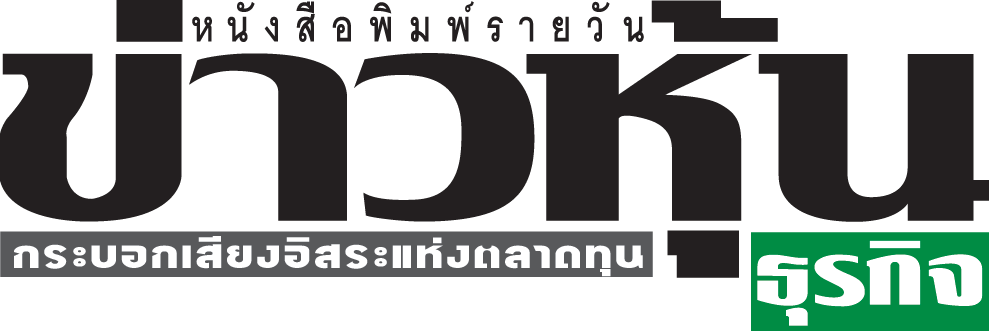
What Is Still Missing in The Trade Deal between the U.S. and China?
The “first phase” trade deal is ready to be inked in January, a bright outlook to the world’s economy, but not for the investors in today’s trading session. What is wrong with the trade deal?
SET closed 10 points higher last Friday after hearing that the U.S. and China had reached a deal the night before. It was not just the Thai stock market that made a jump in the session, Asian stocks were also in joy since Friday morning as well.
The official statements were released from both sides later after trading hours in Asia, but Wall Street was still running at the time.
Dow Jones closed 0.01% higher last Friday, S&P gained 0.01% as well while Nasdaq increased 0.20%.
The movement in the U.S. stock market did not seem to be pleased with the deal their leader had made with Beijing, though it was just the “first phase,” which caused a plummet in the market on Monday.
SET closed on Monday at 1,549.74 points, fell 24.17 points or 1.54% with a trading value of 53.9 billion baht. Meanwhile, the regional markets were also mixed in today’s session as well.
There are still two things missing in the details of this so-called first-phase trade deal which are the exact value of the U.S. agricultural products Beijing will purchase and how or when will the U.S. roll back the other tariffs already imposed on Chinese products when the “second-phase” trade deal has yet to initiate.
The U.S. President Donald Trump said that Beijing will buy $50 billion worth of US agricultural products in each of the next two years. The U.S. Trade Representative Robert Lighthizer said that it will be at least $16 billion each year while adding $24 billion baselines in 2017 and a promise earlier of $5 billion in additional purchase each year from China. That would add to a roughly $50 billion per year. However, the Chinese officials were reluctant to mention the specific target in their press conference, a chief China economist from Nomura said.
Still, it is also unclear and has not been mentioned on how and when the U.S. will roll back other tariffs. Lighthizer only stated that Washington will keep 25% tariffs on about $250 billion of Chinese imports, along with 7.5% duties on roughly $120 billion of Chinese imports.
Lighthizer said that both countries expect to sign the deal in Washington in early January and there will be no new tariffs as long as China negotiates in good faith.
Nevertheless, anything could happen between now and the signing date in January. Investors had witnessed a turn of event in May this year after the U.S. claimed that China had backtracked the already negotiated deal which would blow months of hard work from both of their negotiators, then threatened to impose more tariffs on Chinese products.
Since May, there were rarely productive negotiations between the U.S. and China up until the announcement of the “first phase” trade deal. The peace treaty that should have been signed long ago has been divided into phases which is also a good and bad thing.
The good thing is at least there is a development in the trade deal when the two economic giants could not agree on the big picture. Slicing the deal into phases would make it easier to find common ground in each subject. The bad thing is that there are still intellectual property theft, forced technology transfer and other things to be discussed which would take how long, no one knows.
These uncertainties are enough to give investors second thoughts.


